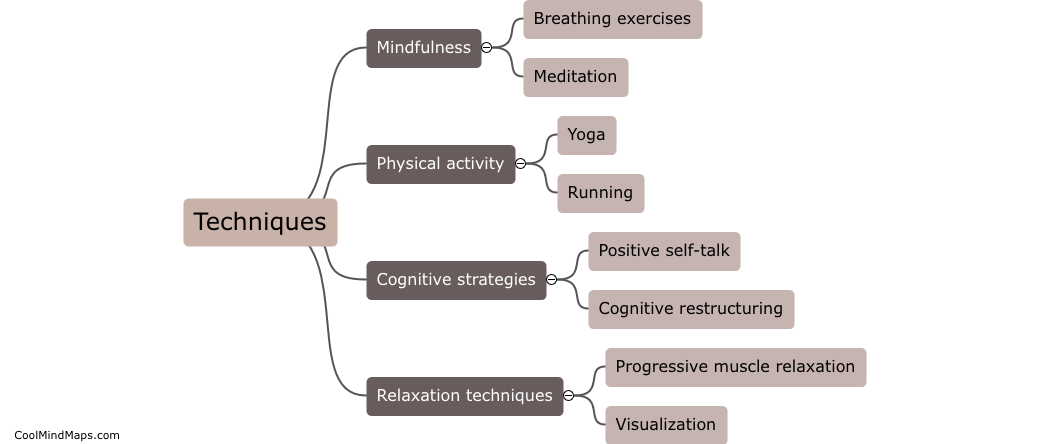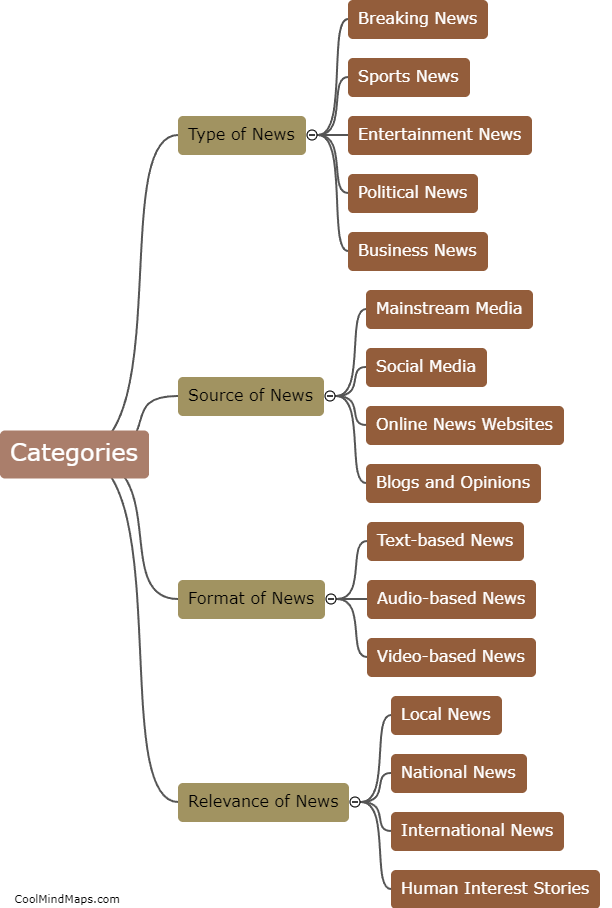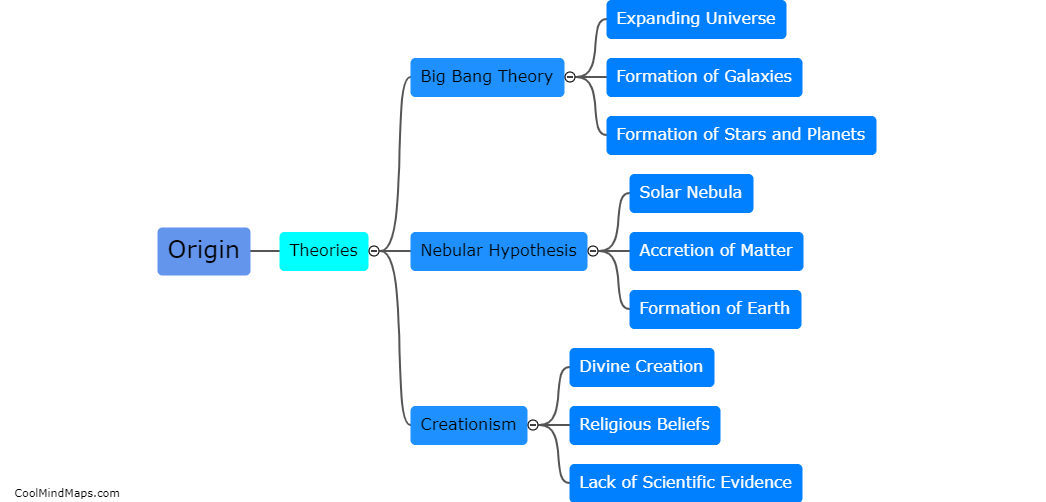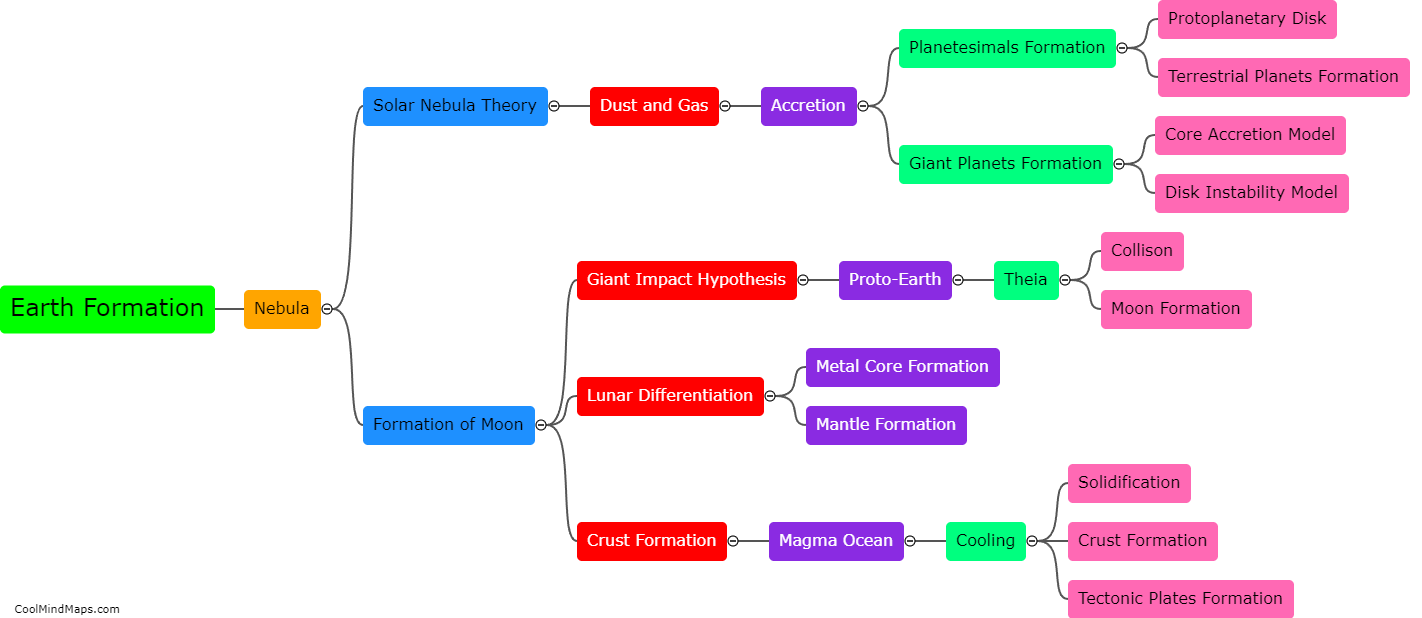What processes contributed to the birth of the Earth?
The birth of the Earth was a complex and dynamic process that occurred approximately 4.5 billion years ago. It is believed that the Earth formed from a giant cloud of gas and dust known as the solar nebula. Gravity played a crucial role in collapsing this nebula, causing it to spin faster and flatten into a rotating disk. Within this disk, small dust particles collided and stuck together, gradually forming larger objects called planetesimals. Over time, these planetesimals grew through further collisions, eventually forming protoplanets. One of these protoplanets, about the size of Mars, is thought to have collided with another massive object called Theia. This cataclysmic event led to the ejection of material into space, which eventually coalesced to form the Moon. The heat generated from these collisions and the decay of radioactive elements led to the melting and differentiation of the Earth into its distinct layers, including the solid crust, the liquid mantle, and the solid core. This process, known as accretion, played a vital role in the formation of the Earth as we know it today.

This mind map was published on 9 October 2023 and has been viewed 123 times.











